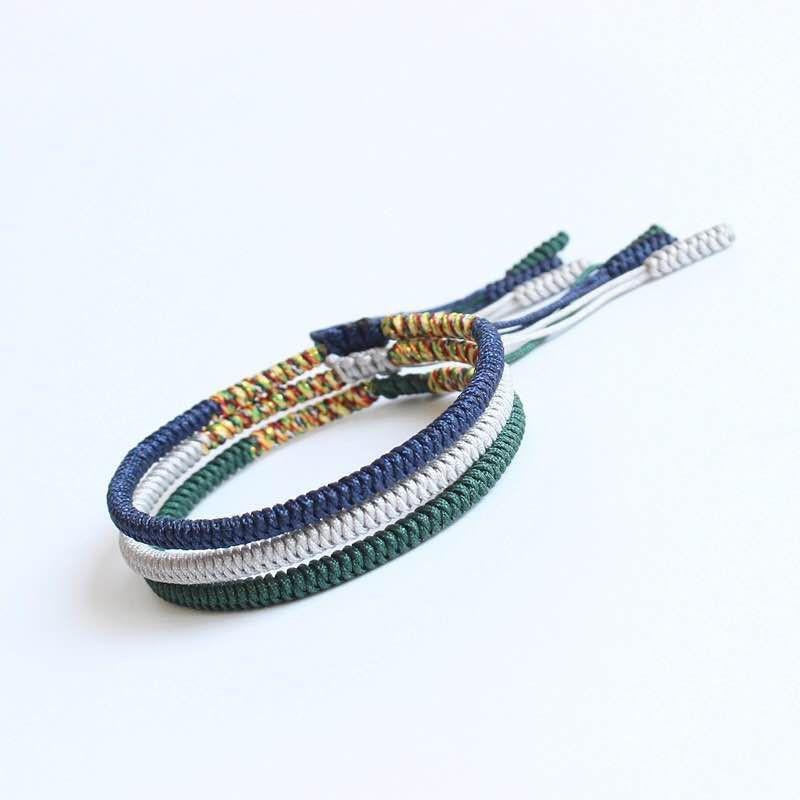History and architecture of the Hanging Temple:

- Other appellations and names: Monastery hanging / Temple or Monastery by Xuan kong / Hanging Temple / Hanging Monastery (in Chinese: 悬空寺 / xuánkong sì)
- Location: near Mount Hengshan, 65 km southwest of Datong, in the Xian Administrative District of Hunyuan (浑源 县 / Húnyuán Xiàn), Shanxi Province (China).
- Construction dates:
- According to some historians, the Hanging Temple was built by a monk named Liao Ran during the time of the Northern Wei Dynasty (386-534). Some history books mention the year 491.
- The hanging monastery was later renovated during the Ming Dynasty (1368-1644) and the Qing Dynasty (1644-1911).

The temple iscompoundof 40 hallrelatedby bridges and walkways
- Architecture:
- Composed of 40 rooms linked together by bridges, stairs and suspended and "floating" corridors
- The main foundations of the Temple are embedded in the bed of rock of the cliff by means of beams positioned horizontally. Other additional foundations have been added through thin beams positioned vertically, for aesthetic purposes, to give an even greater impression of suspension
- Cults: The Buddhist, Taoist and Confucianist cults are all represented there

SanJiao Hall (or Hall of the 3 Deities) where statues of Buddha, Confucius and Lao Tseu are grouped
- Highlights :
- Built 75m high above the ground in an isolated location to be protected from the rising waters of the river below, but also from bad weather and the sun, allowing the buildings to be better preserved. Isolated and silent, the place of construction of the hanging temple was chosen respecting a fundamental concept of Taoism: The virtue of silence
- It is the only existing temple combining 3 traditional Chinese religions (Buddhism, Taoism, and Confucianism) which is extremely rare in Asia
- There are 78 statues in bronze, terracotta and stone, which represent the deities of the 3 different religions, namely: Buddha, Lao Tse and Confucius
Do you have other anecdotes or information on the Hanging Monastery? Do not hesitate to share them in the comments!

Prayer wheels, a typical cultural object of Tibetan Buddhism

Photo taken from the top of the hanging temple

Bronze and stone statues inside one of the 40 halls of the temple
Sources:
https://en.wikipedia.org/wiki/Hanging_Temple
https://www.travelchinaguide.com/attraction/shanxi/datong/hanging.htm
http://www.china.org.cn/travel/travelogue/2009-08/14/content_18337673.htm
http://www.chinevoyage.com/shanxi/temple-suspendu.htm
http://www.voyageschine.com/datong-voyage/datong-attractions/monastere-suspendu.htm
Atlas Obscura: An Explorer's Guide to the World's Hidden Wonders




0 comments